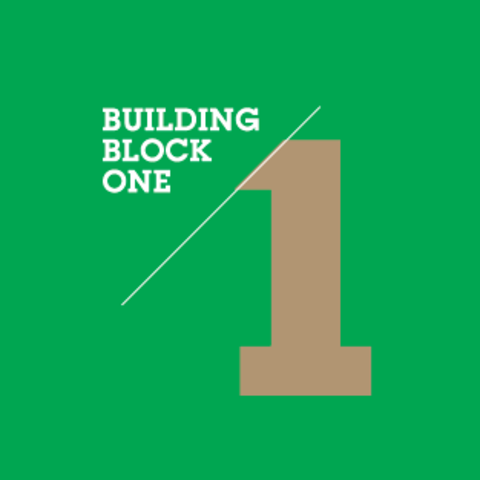What It Means
Positive youth outcomes are too important to leave to chance. While each program is unique, the need for intentional program design is universal. Programs identify their desired youth outcomes and directly connect program activities to those goals.
Why It Matters
Programs are more likely to achieve desired youth outcomes if they use a deliberate process to design, implement and evaluate activities.
What Effective Practices Look Like
-
Program explicitly connects activities to its desired goals.
-
Program activities build upon each other sequentially to support young people’s ability to expand skills or gain new knowledge.
-
Program supports engagement through multiple learning techniques, such as project-based, hands-on experiences that relate to everyday life.
-
Program activities are flexible enough to meet the various needs and skills of youth, while still meeting the intended program goals.
-
Program provides regular, ongoing sessions so youth can participate often enough to achieve positive outcomes associated with high dosage (duration, intensity and breadth).
-
Programs have opportunities for young people to reflect on and make meaning from their experiences.
-
Program has clear, focused goals that align with the organization’s mission.
